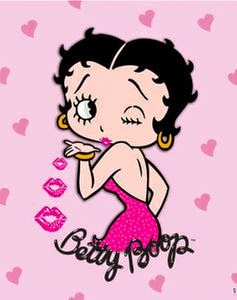2-1 Before

This shot is not an idea, good shot as you can't see the characters clearly and is not in focus.
2-1 After

This shot is much better as their is nothing in the way of the characters and you can see them clearly.
4-2 Before
This is a bad shot due to the lighting on the characters is to much and doesn't look like the frame is more focused on the them rather then the whole shot.
4-2 After
This shot is better than previous due to the character being the parent of the shot. But you then could argue and say that the poster on the left make the shot bad as you don't need it in frame but then it works because it is in like with the other poster on the right and looks linear and does not descract you from what you are really looking at.
5-2 Before
This shot is unclear to what you are suppose to be looking at and also what it is frame as you have irrelevent things in frame like the computer screen don't need to be there, which they are distracting you from what you are really meant to be focusing on.
5-2 After
This is a much better shot as the lens is focused on the parent of the shot and their is nothing distracting you from what you they want you to look at, which is the character.
5-3 Before
This is a terrible shot as you can see the camara flash which makes it look amature and there is alot more going on in from which discracts you from what you want the audience to looka at.
5-3 After

This is a much improved shot as you only see what the cinematographier wants you to see.
6-8 Before
The haracter are not clear at all and their are alot of irrelevent things in frame that descracts you from the main, their is alot of space in the frame aswell.
6-8 After

This is a much better shot as you can see more clearly what is going on. The charcter are much clearer here aswell. Although the tree is in shot and the bulding is wonky the character could of filled the frame more, the shot is much better than previous.
8-3 Before

This shots lighting is not very good due not not see the characters properly as the background light is alot more vibrant than foreground.
8-3 after

The character stand out alot more in this shot and their is nothing to descract you from what you are meant to be looking at.
I have replace the bad shots with better and improved shots to improve the quality of the over all film and the shots themselves.











































